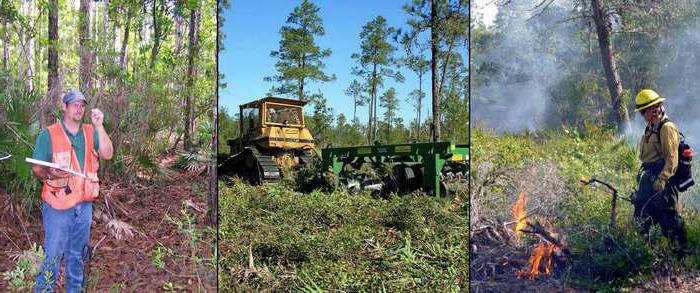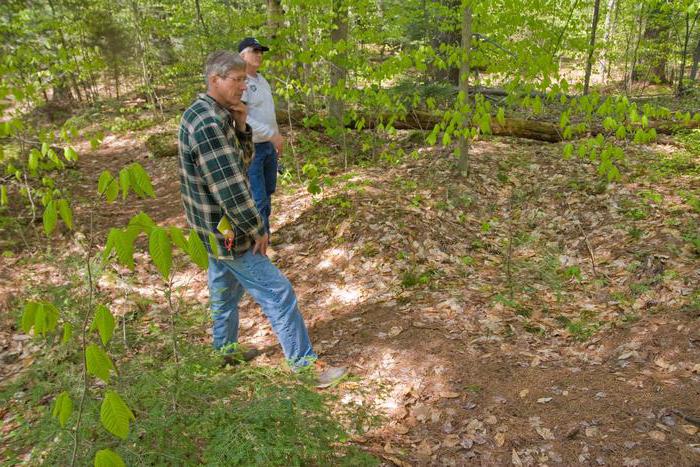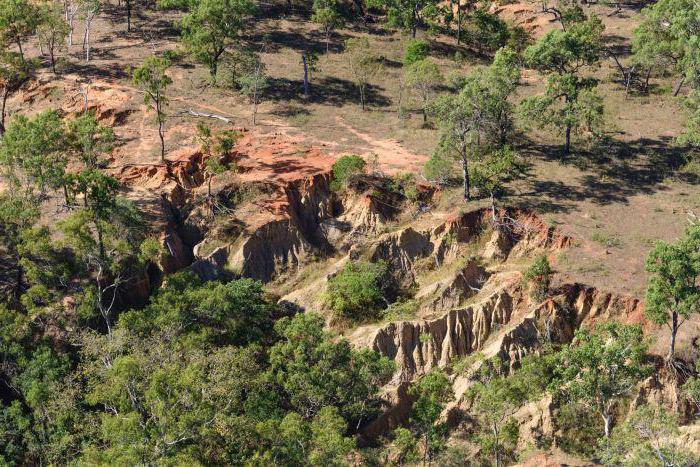Unfortunately, human activities often have negative consequences for the environment. Wastes from various industrial enterprises pollute water bodies and air. Land is particularly affected by emissions. At the state level, special programs are being developed, including complexes of environmental measures. Part of such programs are land conservation and restoration. 
What is conservation?
It is called the removal of land from circulation in accordance with the decision adopted by the authorized power structure. After land conservation stored for owners, land users, tenants, landowners or transferred to the category of reserve in cases stipulated by law.
Territory Categories
Land Conservation Procedure enshrined in the regulation approved by government decree No. 830 of 2002. The following territories are subject to conservation:
- Subjected to wind and water erosion, mudflows, desiccation, secondary salinization, compaction. Also carried out conservation of degraded land (with severely disturbed soil and vegetation cover) occupied by deer pastures.
- Having subsidence due to geological development or natural processes.
- Contaminated with oil, petroleum products, radioactive substances, heavy metals, other toxic chemical compounds, microorganisms, biological substances in excess of the maximum permissible concentrations. This category also includes lands on which production of products meeting the applicable standards is not ensured due to biogenic, chemical, and radioactive contamination.
Subjects of law
Land conservation allowed by initiative:
- State authorities or local self-government, which manages objects located in municipal or state property.
- Owners, land users, tenants.
Relevant proposals are prepared on the basis of information from state monitoring of land or the results of special surveys (agrochemical, geobotanical, soil). 
Making decisions
Rulings on land conservation located in municipal or state property, are approved by federal, regional executive structures, bodies of territorial self-government.
Decisions regarding allotments owned by private individuals are made by the executive bodies of the constituent entities of the Russian Federation. In particular, regional bodies adopt decisions on issues agricultural land conservation. Decisions on the seizure of allotments for other purposes are approved by local authorities.
Based on the decisions taken, a land management project is being developed. It establishes the conditions and terms of land conservation, the sequence and cost of measures, proposals for the use of territories after completion of the necessary work.
Features of preparation
Suggestions for land conservation are formed by the Federal Service for State Registration, Cadastre and Cartography together with representatives of the Ministry of Natural Resources, the Ministry of Health and Social Development, the Ministry of Agriculture within their competence on the basis of decisions of local and state authorities authorized to manage and dispose of territories referred to as municipal or state property. 
Special surveys are carried out by individual entrepreneurs or organizations according to methods approved by the relevant federal executive bodies.They are aimed at identifying areas subject to conservation, establishing their location, the dynamics of changes in quality indicators, determining the area and the causes of degradation.
Content of offers
The structure of the proposal includes:
- Conclusion based on the results of land condition assessment and their subsequent use. It is prepared by the federal service of state registration, cadastre and cartography or its territorial divisions with the participation of the Ministry of Natural Resources and the Ministry of Agriculture.
- Cards with marked boundaries of allotments subject to conservation, and their parts. The cards should indicate the types and degrees of land degradation / pollution, information about owners, landowners, land users, tenants.
- Proposals for attracting the legal owners of allotments, users and other interested parties in the implementation of measures to prevent soil degradation, restore its fertility, and eliminate pollution.
- Calculations of losses and losses incurred by forestry and agricultural production.
Executive structures of power, regional, federal or territorial, which have adopted a resolution on land conservation, are obliged to inform the authorities authorized to maintain the state cadastre and state registration of rights to real estate and transactions with it. 
Actions by competent authorities after the event
After completion of work related to conservation of allotments, prevention of their subsequent degradation, restoration of soil fertility and contaminated territory, the Federal Service of Cadastre and Cartography together with the Ministry of Natural Resources, the Ministry of Health and Social Development and the Ministry of Agriculture (or their territorial units) prepare proposals for the possible further use of these sites. They are compiled taking into account information obtained as a result of special surveys.
Proposals are sent to the federal, regional, territorial structures of power that have decided on conservation.
Features of activities in relation to agricultural land
Agricultural areas contaminated with chemical or radioactive compounds are subject to conservation without fail. These territories are withdrawn from circulation and transferred to reserve lands. Since the adoption of the relevant decision, their use for the production, processing, sale of agricultural products is prohibited.
Decisions on the transfer of territories into the category of reserve lands, except for federal ones, are adopted by regional executive authorities. 
Additionally
In relation to other categories of land (except for agricultural areas) restrictions may be established - special conditions for their use. In such cases, allotments are retained by users, tenants, owners, owners, if these entities implement measures aimed at their restoration.
Features of financing
Land restoration costs are borne by those responsible for their degradation. These entities must also compensate for the losses and losses of forestry and agricultural production in full. If a decision has been made to seize the land from the private owner, the perpetrators will reimburse him the value of the allotment.
In practice, difficulties arise when compensating for the cost of restoration work in the event that no perpetrators are identified. The Regulation on the Procedure for the Conservation of Agricultural Land in Connection with its Degradation and Contamination with Radioactive Compounds and Toxic Industrial Wastes stipulates that financing in such cases is carried out at the expense of the corresponding budget.Consequently, possible costs (which can be quite substantial) must be foreseen in budgeting in advance. 
Land degradation
One of its most significant types is the destruction of the soil cover. The destructive factors are wind and surface runoff. Accordingly, distinguish between wind and water erosion.
The latter is associated with the destruction of soil under the influence of surface water flows. It manifests itself in linear and planar forms. The first is also called "ravine." It entails erosion of soil and underlying rocks. As a result, ravines and various gullies arise. Flat erosion is accompanied by flushing of the surface soil layers.
Wind erosion is associated with the capture and transfer of soil particles. 
Such processes lead to the depletion of arable land, agricultural land, pollution of water bodies. This, in turn, negatively affects the environmental situation. Erosion can span vast territories. Often the damage caused by weathering and leaching of the fertile layer is irreparable.